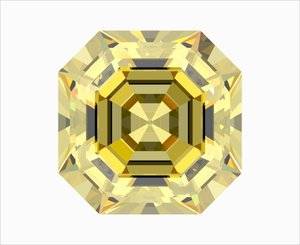- Joined
- Aug 28, 2008
- Messages
- 720
I know popular wisdom says that ECs show body color more. However, over the years I have also heard a few jewelers who say that ECs face up whiter than their actual body color, although I never paid much attention...until a recent diamond shopping trip with my friend, which made us do an about turn.
We looked at several H / I/ J color emerald cuts and beautifully cut RBs, side by side. The emerald-cuts we saw faced up as white as the RB in the same color (with the exception of 1). These diamonds had minimal fluorescence too.
Does anyone know what's happening here? Also, what is the rationale for saying emerald cuts exhibit MORE body color? And how about others who say that it exhibits LESS body color?
We looked at several H / I/ J color emerald cuts and beautifully cut RBs, side by side. The emerald-cuts we saw faced up as white as the RB in the same color (with the exception of 1). These diamonds had minimal fluorescence too.
Does anyone know what's happening here? Also, what is the rationale for saying emerald cuts exhibit MORE body color? And how about others who say that it exhibits LESS body color?

















300x240.png)